Guinness "Lobster" Can
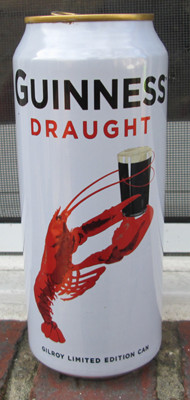 |
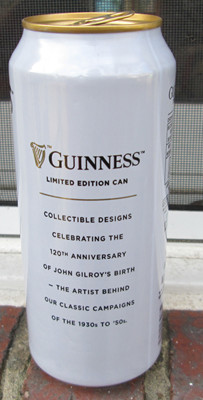 |
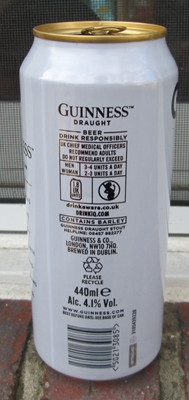 |
Guinness issued several cans celebrating the 120th anniversary of the birth of John Gilroy, who did the classic Guinness advertisements form the mid twentieth century. I like this one (which was sold in Britain) because of the lobster. In the US lobsters had a particular meaning associated with food and drinking.
Most common before Prohibition (1920-1933) brewery ads commonly used images of trays of food associated with masculinity such as game birds or sport fish, or with luxury, such as lobster or oysters. (See below. I do not remember where I got this photo, so if that is your thumb in the photo, please let me know)
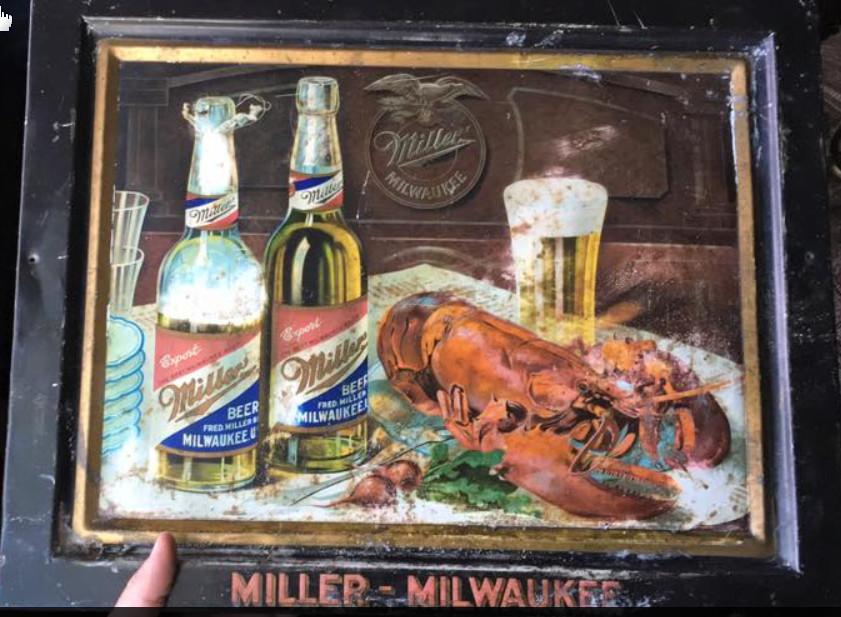 |
These latter images also carried a sexualized message. The traditional association of oysters as an aphrodisiac is well-known, but lobsters were associated with expensive dinners purchased by wealthy men attempting to seduce chorus girls or other young women assumed to be sexually available. The expensive and luxurious late night restaurants in New York along Broadway in New York’s theater district were known as “lobster houses” and were famous, or infamous, as places of assignation for wealthy men and younger women after the theaters closed. Not unexpectedly, “lobster” also came to mean a “gullible” or “undesirable” man, perhaps in part because of an association with these wealthy men trying unsuccessfully to woo young women with expensive dinners.
Here are some postcards playing on the "lobster" theme.
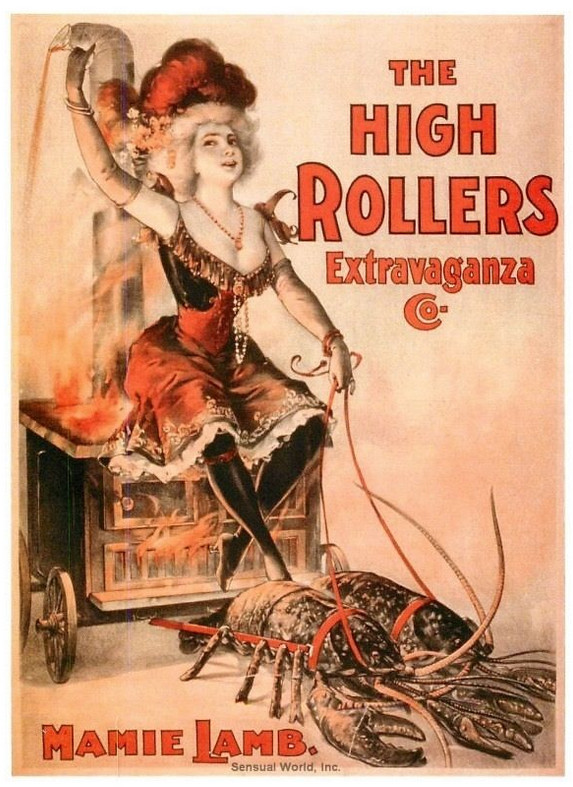 |
From an eBay seller of such postcards. I love the showgirl/chorus girl imagery. Sensual World (opens new window/tab) |
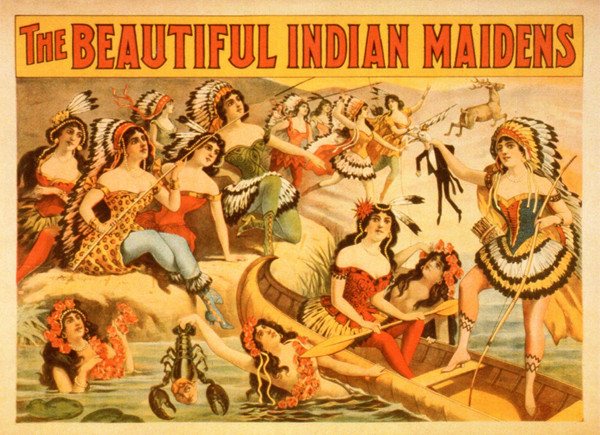 |
This one I just bought, a modern postcard of an old burlesque show. At the time that did not mean "striptease", which was a mid-20th century form, but they were more elaborate form of show with pretty girls showing lots of leg and cleavage. Burlesque was slightly less reputable than Vaudeville, which tended to be more "family-friendly", at least from the biggest Vaudeville theaters, such as Keith's. Click on the postcard to see a bigger version.
|
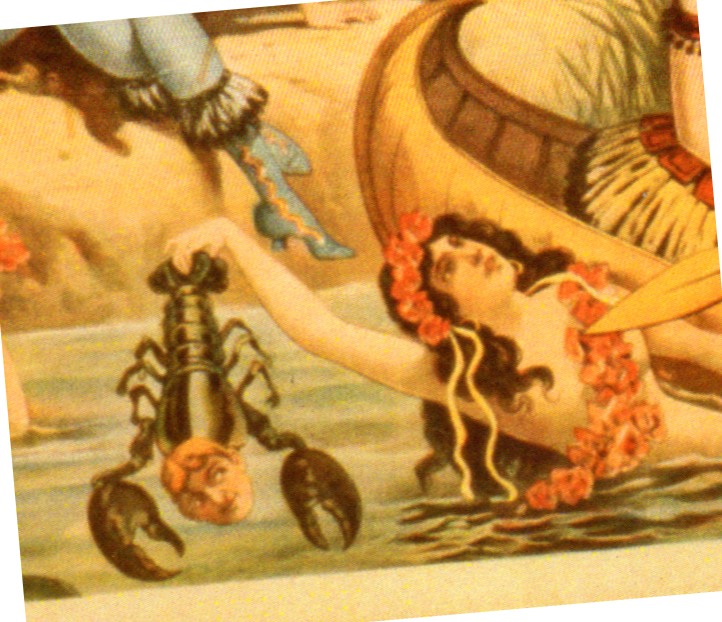 |
A detail from the above illustration, showing a lobster with a young man's face. |
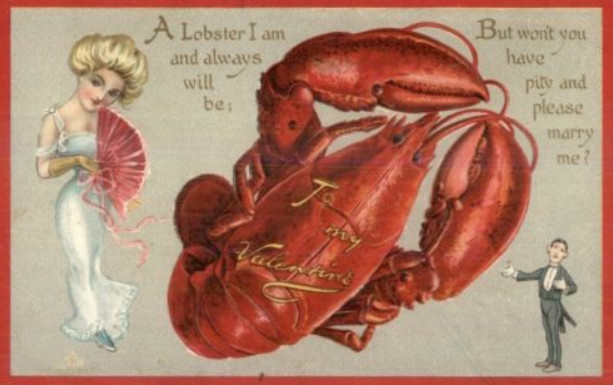 |
From my collection of "lobster" postcards. This one is using the "foolish man" meaning of the word. |
I do not know if "lobster" had the same meaning in Britain or Ireland, and I don't think that artist John Gilroy used the lobster in his ads as sexual slang. However, the can design amused me (I'm easily amused) because of the history of the term "lobster" in the US 100 years ago.....
On the Other Hand
Sometimes it just means summer, especially in New England. This is the new Narragansett can.
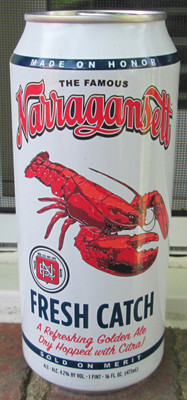 |
Sources:
“Slang Term ‘Lobster’ is an Ancient One” San Francisco Call, 2 August 1911.
Lewis A. Erenberg, Steppin’ Out: New York Nightlife and the Transformation of American Culture, 1890-1930 (Chicago: University of Chicago Press, 1981), 50-52.
